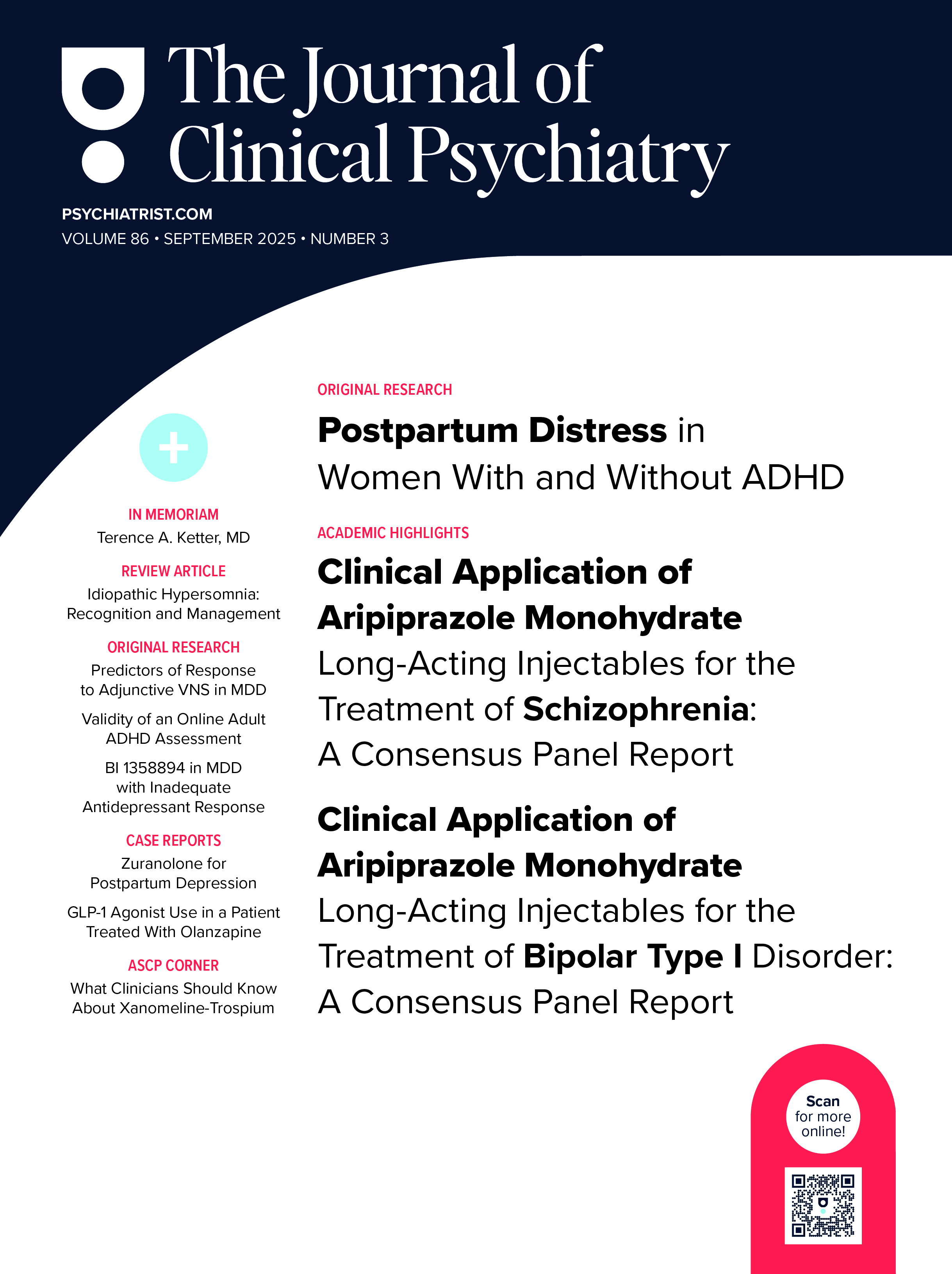Objective: Although depressive symptoms are widely recognized as a predictor of functional decline among older adults, little is known about the predictive utility of apathy in this population. We prospectively examined apathy symptoms as predictors of incident slow gait, frailty, and disability among non-demented, community-dwelling older adults.
Methods: We examined 2 independent prospective cohort studies—the LonGenity study (N = 625, 53% women, mean age = 75.2 years) and the Central Control of Mobility in Aging (CCMA) study (N = 312, 57% women, mean age = 76.4 years). Individuals were recruited from 2008 to 2014. Apathy was assessed using 3 items from the Geriatric Depression Scale. Slow gait was defined as 1 standard deviation or more below age- and sex-adjusted mean values, frailty was defined using the Cardiovascular Health Study criteria, and disability was assessed with a well-validated disability scale.
Results: The prevalence of apathy was 20% in the LonGenity cohort and 26% in the CCMA cohort. The presence of apathy at baseline, independent of depressive symptoms (besides apathy), increased the risk of developing incident slow gait (hazard ratio [HR] = 2.10; 95% CI, 1.36-3.24; P = .001), frailty (HR = 2.86; 95% CI, 1.96-4.16; P < .001), and disability (HR = 3.43; 95% CI, 1.73-6.79; P < .001) in the pooled sample. These associations remained significant when accounting for demographics, medical illnesses, and cognitive function.
Conclusions: Apathy is associated with increased risk of developing slow gait, frailty, and disability, independent of other established risk factors, in non-demented older adults. Apathy should be screened for as a potentially preventable cause of functional decline in clinical psychiatric settings.
Members Only Content
This full article is available exclusively to Professional tier members. Subscribe now to unlock the HTML version and gain unlimited access to our entire library plus all PDFs. If you’re already a subscriber, please log in below to continue reading.
Please sign in or purchase this PDF for $40.00.
Already a member? Login

